The Mesolithic Age in South Asia: Tradition and Transition
Contents: Preface. 1. Introduction: Evolution of the Mesolithic Concept. 2. Brief History of Mesolithic Research. 3. Brief History of Mesolithic Research in India. 4. Typology of Mesolithic Tools. 5. Archaeological and Ethnographic Evidence of Hafting and Use of Microliths and Related Tools. 6. The Northwest or Pakistan. 7. Rajasthan. 8. Gujarat. 9. Rock-Shelters in the Kaimur Range. 10. Belan Valley. 11. Son Valley. 12. Ganga Valley. 13. Central India. 14. Eastern India. 15. Northern Deccan. 16. South India. 17. Chronology of the Mesolithic Cultures and their Ethnological Significance. 18. Comparisons with Mesolithic Cultures Outside India and the Problem of Origins. Appendices. References. Index.
The present volume tries to evaluate the cultural and environmental factors, which necessitated a transition from hunting-gathering to food-producing stage; and the material culture, technology, subsistence, art, religious beliefs, disposal of the dead, biological composition, dietary habits, pathology and social organization of the then inhabitants, drawing data from the excavated finds, ethnography and author’s own understanding of this phase for the last five decades. Evidence for the Mesolithic period in India, which now has a duration of over forty millennia, is much richer than for the preceding Palaeolithic period which lasted nearly from 1.0 to 1.5 million years. In this transition period, microlithic and composite tools took the centre stage resulting in an improved economy and sedentary lifestyle and laying the foundation for a settled agricultural life. The book discusses the origin and evolution of the Mesolithic culture with its chronological details.
Get it now and save 10%
BECOME A MEMBER

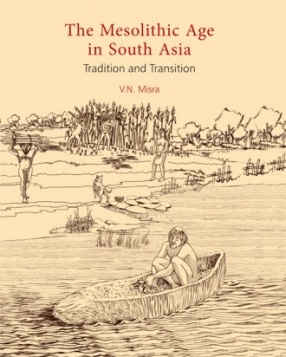
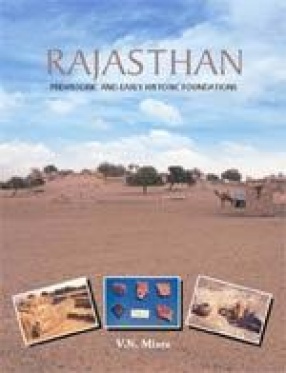
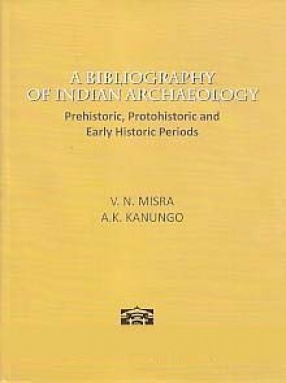
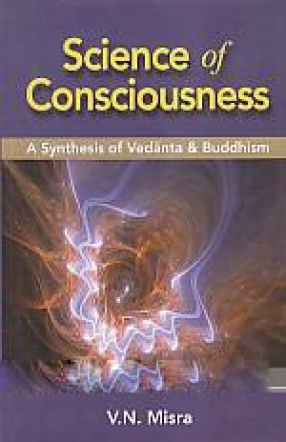

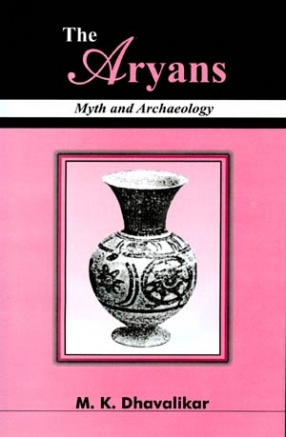
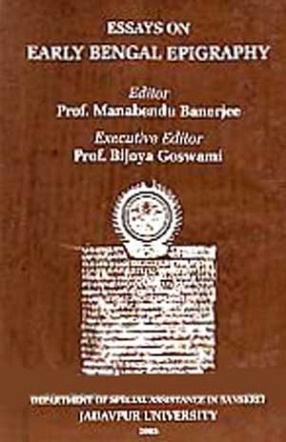
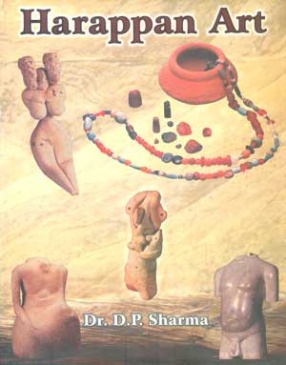
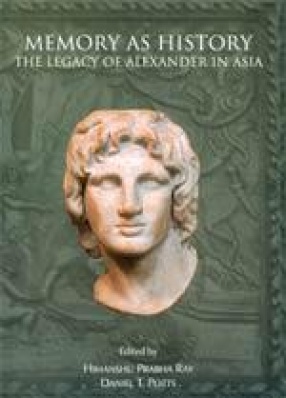

Bibliographic information